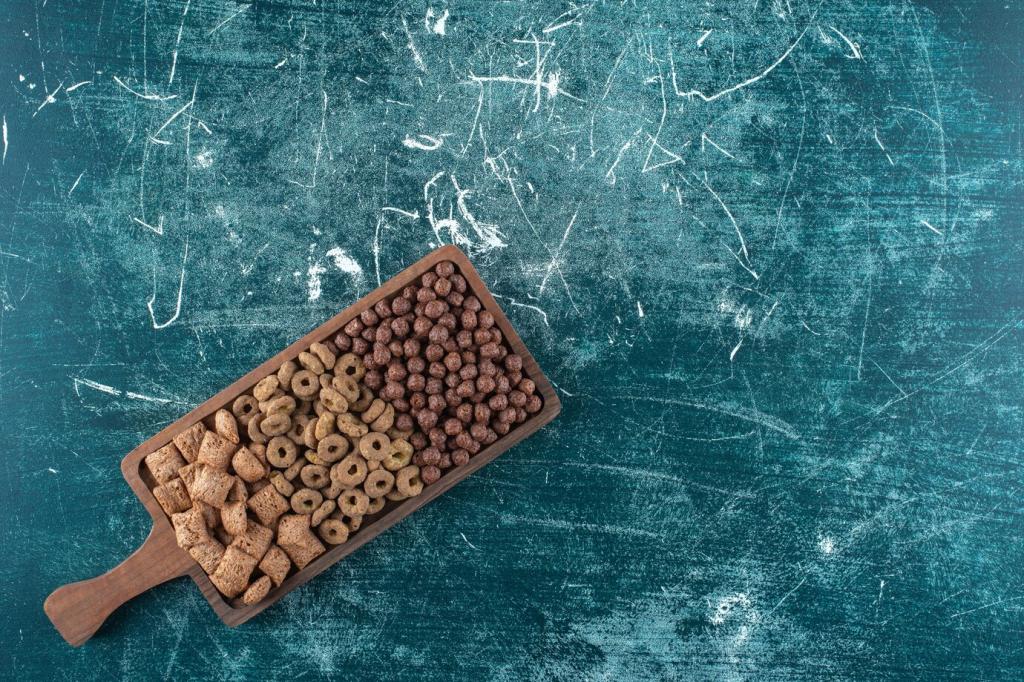Tailored Diets for Pomeranians: Tiny Bodies, Big Nutritional Needs
Understanding the Pomeranian Plate
Small Dog, High-Octane Metabolism
Pomeranians burn energy quickly, so their tailored diets prioritize calorie-dense, high-quality proteins and fats in small portions. Mini kibble size supports easy chewing, and frequent, measured feedings help maintain steady energy and reduce risk of mid-day crashes.
Protein Quality Over Quantity
Choose identifiable animal proteins like turkey, chicken, salmon, or lamb as first ingredients to fuel lean muscle and playful bursts. Balanced amino acids and digestibility matter more than raw grams, supporting strong frames without unwanted bulk or belly distress.
Dental and Jaw-Friendly Choices
Tiny teeth need help. Select small-bite kibble or gently textured fresh foods that don’t crumble into sticky paste. Crispy, size-appropriate kibble can support mechanical cleaning, while crunchy toppers encourage chewing without risking tooth fractures or choking.
Life Stage Tailoring: Puppy, Adult, Senior
01
Puppy Power with Balanced Growth
Pomeranian puppies thrive on energy-rich recipes with DHA for brain development, calcium-phosphorus balance for tiny bones, and frequent meals to prevent dips. Think three to four scheduled feedings, consistent textures, and gentle transitions to avoid tummy turbulence.
02
Adult Focus: Maintenance and Shine
Adult Pomeranians do best with steady protein, controlled fat, and fiber that keeps stools tidy. Monitor activity level, fine-tune portions weekly, and track body condition so you maintain that cloud-like silhouette without creeping weight around neck and ribs.
03
Senior Support with Joint and Heart Care
Golden-years diets benefit from joint-friendly nutrients like glucosamine, chondroitin, and omega-3s. Adjust calories as playtime slows, ensure easily digestible proteins, and consider lower sodium profiles under veterinary guidance to keep hearts and knees happy.

Reading the Body, Not the Bag
Package charts are starting points, not destinations. Feel ribs with light pressure, watch the waistline from above, and use consistent measuring scoops. Adjust by 5–10 percent every two weeks based on activity and body condition changes.

The Story of Milo and the Sneaky Treats
Milo looked like a dandelion puff, but hidden weight led to panting after short walks. Switching to measured treats, carrot coins, and puzzle feeders trimmed ounces without drama. Share your own success in the comments to inspire fellow Pom parents.

Preventing Trachea and Joint Strain
Excess weight can aggravate delicate tracheas and luxating patellas. Choose calorie-smart meals, manage treat totals, and use harnesses for walks. Subscribe for weekly portion calculators and printable trackers designed specifically for tiny, fluffy frames.
Skin and Coat Brilliance from the Bowl
Marine omega-3s from salmon oil or sardines can soothe itchy skin and boost coat luster. Introduce gradually, confirm dosage with your vet, and pair with vitamin E to support safe, effective long-term use for glorious fluff.

Skin and Coat Brilliance from the Bowl
Micronutrients quietly power coat quality and skin resilience. High-quality diets or balanced supplements may reduce shedding tumbleweeds. Keep a two-month photo journal to track progress, and tell us in the comments when your Pom’s halo appears.
Elimination Diets Done Right
Work with your vet to choose a novel protein or hydrolyzed recipe. Feed only the selected diet for eight to twelve weeks, no exceptions. Track itch scores, stool quality, and ear comfort daily to identify true triggers.
Common Culprits and Smart Swaps
Chicken, beef, dairy, or wheat can bother certain Poms. Consider duck, venison, or salmon formulas with limited ingredients. Rotate carefully after stabilization, introducing one new element at a time to protect progress and clarity.
Digestive Harmony with Probiotics
A tailored diet can include canine-specific probiotics that support gut balance after transitions or antibiotic courses. Choose strains with research backing, and monitor stool shape and frequency as your most honest daily report card.
Use board-certified veterinary nutritionist plans or reputable tools that generate balanced recipes for toy breeds. Tiny bodies are sensitive to calcium, iodine, and vitamin D imbalances, so resist guesswork and keep meticulous kitchen scales handy.
Homemade and Fresh Feeding, Safely Tailored
Lean turkey, salmon, or eggs pair well with quinoa, sweet potato, or brown rice. Add dog-safe vegetables like pumpkin and zucchini for fiber. Avoid onions, garlic, grapes, and raisins. Share your favorite balanced combos with our subscribers.
Homemade and Fresh Feeding, Safely Tailored
Feeding Schedules That Fit Tiny Tummies
Two to three meals daily suit most adult Pomeranians; puppies need more frequent feedings. Tie meals to calm moments, not excitement, to reduce gulping. Set phone reminders and use a shared family calendar to keep portions precise.
Training Treats Without Calorie Creep
Use pea-sized rewards, lean freeze-dried meats, or kibble counted from the daily allotment. Food puzzles stretch calories while enriching minds. Tell us your Pom’s favorite training snack and we’ll feature top picks in our next newsletter.
Movement That Matches the Menu
Short, cheerful walks and indoor play complement a tailored diet by preserving muscle and mood. Watch for overexertion, especially in heat. Subscribe for seasonal activity plans that pair perfectly with portion tweaks and hydration tips.
